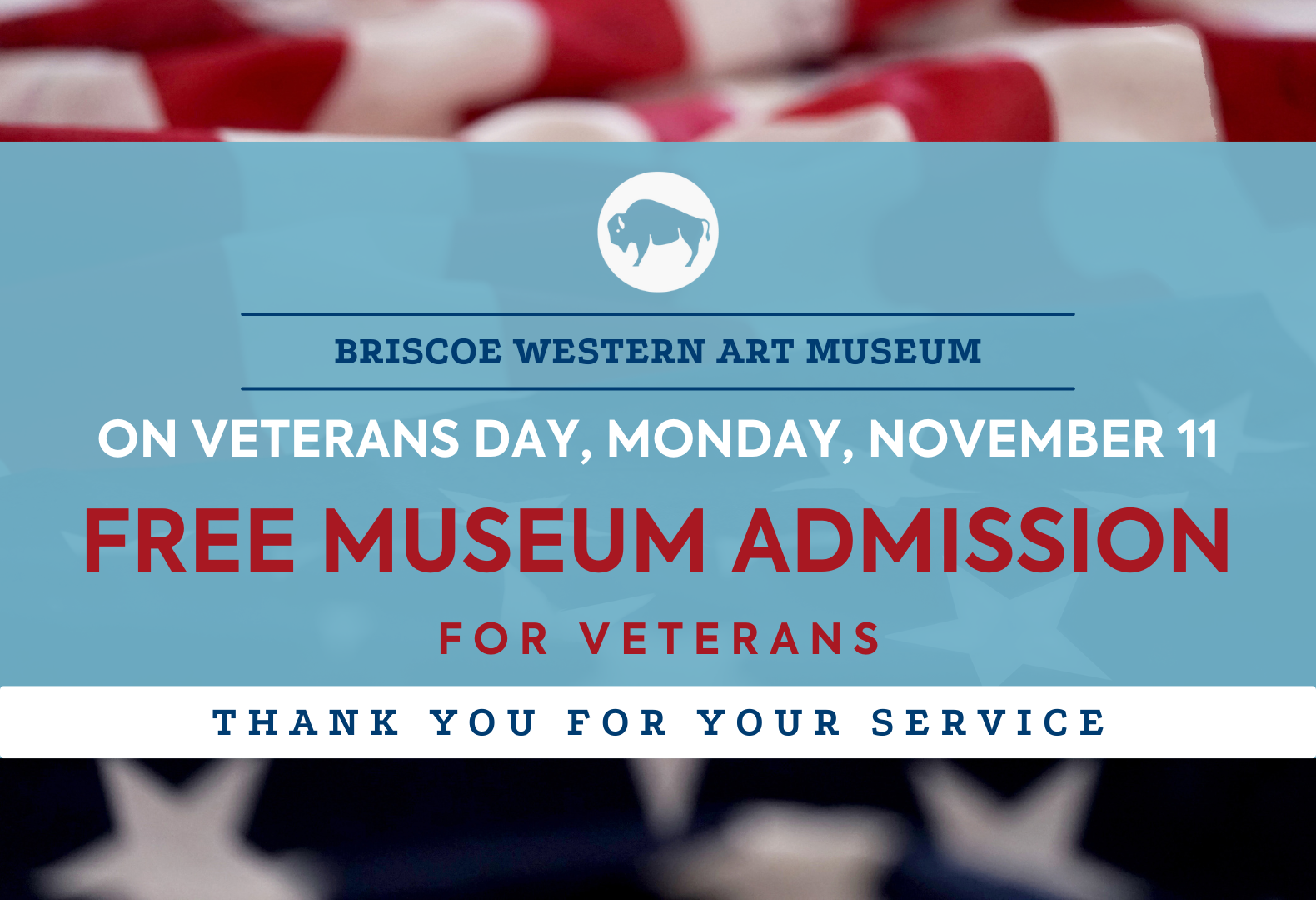A Line in the Sand

Have you ever heard the expression “I’m drawing a line in the sand!”? Have you ever wondered where that expression comes from? Look no further than the Alamo! That’s right, when William Barrett Travis scratched a line in the courtyard grounds of the Alamo fortress and invited his men to join him on one side to commit their lives to the fight against Santa Anna’s army or to stay on the other and attempt escape, he set an idiomatic precedent that is still in use today. Remarkably, this line-in-the-sand story, probably one of the best-known anecdotes in the history of the Texas Revolution, was first published more than forty years after the battle took place and may have been a fabrication.
Supposedly, William Zuber originally heard the story from his parents who had taken in a disheveled man named Moses Rose shortly after the Alamo fell, and published it in 1873. Rose, had told the Zubers about how Travis had drawn the line in the sand and how he alone had refused to cross and slipped away in the night, making his way east until he came to the Zuber homestead.
Could it have happened? There was undoubtedly a man named Rose at the garrison, and later accounts by Susanna Dickinson mention a man named “Ross” fleeing the Alamo just before the battle. Still, other accounts record all adult men (with the exception of Joe) dying in battle. Unfortunately, there is no way to know for sure, but whether the story is true or not, the image of a resolute Travis, drawing his line in the sand (either figurative or literal), will be one of the reasons people continue to remember the Alamo.
This blog entry was written by our Curator of Collections, Ryan Badger. Ryan has been at the Briscoe for two years and his primary focus as Curator of Collections is bringing the stories of the Briscoe to life through the curation of the collection.
BECOME A MEMBER
Help us bring the spirit of the West alive by becoming a Briscoe Partner!
Click here to become a member!
SUPPORT THE MUSEUM
Governor Dolph Briscoe and his wife Janey envisioned a Museum that would preserve the stories and traditions of the American West.



































